 In our modern, technology-driven world, digital devices have become an integral part of our daily lives. Whether it’s for work, entertainment, or socializing, we find ourselves spending more time in front of screens. Unfortunately, this increased screen time can lead to a common ailment known as digital eye strain. If you often experience symptoms like eye discomfort, blurred vision, or headaches after prolonged screen use, here are some valuable tips to relieve digital eye strain and promote healthier vision.
In our modern, technology-driven world, digital devices have become an integral part of our daily lives. Whether it’s for work, entertainment, or socializing, we find ourselves spending more time in front of screens. Unfortunately, this increased screen time can lead to a common ailment known as digital eye strain. If you often experience symptoms like eye discomfort, blurred vision, or headaches after prolonged screen use, here are some valuable tips to relieve digital eye strain and promote healthier vision.
1. Follow the 20-20-20 rule: Staring at a screen for extended periods can cause eye strain and fatigue. Implement the 20-20-20 rule to give your eyes regular breaks. Every 20 minutes, look at something 20 feet away for at least 20 seconds. This simple practice helps reduce eye strain and keeps your eyes refreshed.
2. Adjust screen brightness and contrast: Optimize your screen settings for better comfort. Adjust the brightness and contrast to a level that is comfortable for your eyes. Screens that are too bright or too dim can contribute to eye strain.
3. Mind your blinking: People tend to blink less frequently when focused on screens, leading to dry eyes. Be mindful of blinking regularly to keep your eyes moist and reduce dryness. Consider using lubricating eye drops if dry eyes persist.
4. Position your screen correctly: Position your screen at eye level and about an arm’s length away. This setup helps reduce the strain on your eyes and encourages a more natural, comfortable viewing angle. If you’re using multiple screens, make sure they are aligned and at the same height.
5. Anti-glare screens and filters: Invest in anti-glare screens or filters for your devices. Glare from bright lights or windows can contribute to eye strain. These accessories help minimize glare and improve screen visibility.
6. Practice proper posture: Maintain good posture while using digital devices. Sit comfortably with your feet flat on the ground and your back straight. Position your screen to reduce neck and back strain, enhancing overall comfort during extended screen sessions.
7. Digital detox and outdoor breaks: Take regular breaks from your digital devices to give your eyes a chance to relax. Step outside and enjoy a brief walk or spend time in natural light. This not only benefits your eyes but also contributes to your overall well-being.
8. Use blue light filters: Blue light emitted by screens can disrupt your sleep-wake cycle and cause eye strain. Consider using blue light filters or apps that adjust the color temperature of your screens, especially during the evening hours.
9. Keep your eyes hydrated: Stay well-hydrated to support overall eye health. Drinking an adequate amount of water helps prevent dehydration, which can contribute to dry eyes and discomfort.
10. Schedule regular eye exams: Regular eye check-ups are crucial, especially if you spend a significant amount of time on digital devices. An eye care professional can identify and address any vision issues, providing tailored solutions for your specific needs.
Prioritize your eye health by incorporating these tips into your daily routine. If you’re experiencing persistent discomfort or have concerns about your eye health, schedule a comprehensive eye exam with Utah Eye Centers. Our experienced professionals are dedicated to providing personalized care to keep your eyes healthy and comfortable. Visit our website here to book your appointment and embark on a journey to clearer, more comfortable vision. Your eyes deserve the best care!



 appearance. When it comes to choosing the right frames, it’s essential to consider your face shape. Different face shapes require different frame styles to bring out your best features and make you look your most flattering. In this blog, we’ll explore the art of selecting the perfect glasses frames for various face types, helping you achieve both functionality and fashion.
appearance. When it comes to choosing the right frames, it’s essential to consider your face shape. Different face shapes require different frame styles to bring out your best features and make you look your most flattering. In this blog, we’ll explore the art of selecting the perfect glasses frames for various face types, helping you achieve both functionality and fashion.
 specific nutrients can play a pivotal role in maintaining good eye health. However, it’s essential to remember that no diet or supplement can replace regular visits to the eye doctor. Proper eye care combines a holistic approach to nutrition and professional guidance to ensure your eyes stay in peak condition.
specific nutrients can play a pivotal role in maintaining good eye health. However, it’s essential to remember that no diet or supplement can replace regular visits to the eye doctor. Proper eye care combines a holistic approach to nutrition and professional guidance to ensure your eyes stay in peak condition.
 appointments. The fear of the unknown, concerns about eye health, and even the anticipation of discomfort during the examination can all contribute to anxiety. However, staying calm before, during, and after an eye doctor appointment is essential not only for your peace of mind but also for the accuracy of the examination. In this blog, we’ll explore some strategies to help you manage anxiety and make your eye doctor appointments more manageable.
appointments. The fear of the unknown, concerns about eye health, and even the anticipation of discomfort during the examination can all contribute to anxiety. However, staying calm before, during, and after an eye doctor appointment is essential not only for your peace of mind but also for the accuracy of the examination. In this blog, we’ll explore some strategies to help you manage anxiety and make your eye doctor appointments more manageable.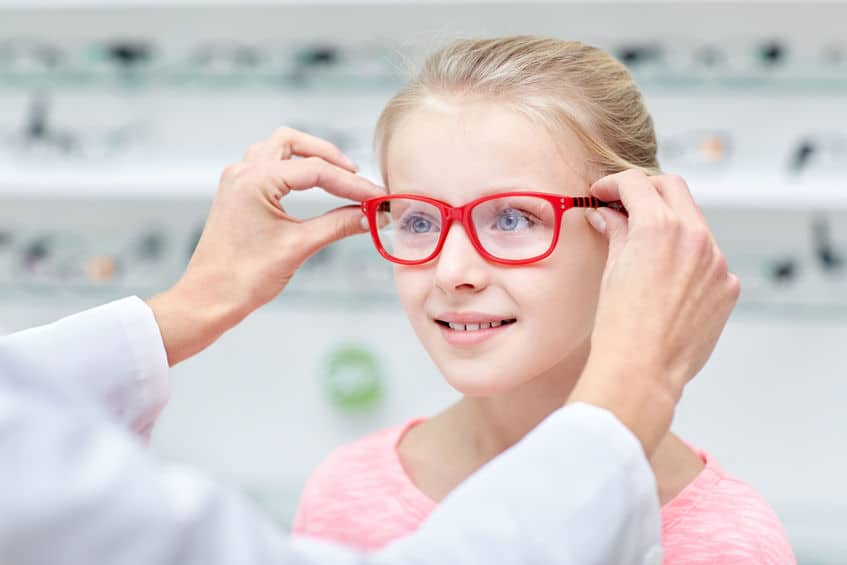
 visual health, the transition can sometimes be challenging. However, with the right guidance and support, your child can not only adapt to their new eyewear but also feel confident and proud to wear them. In this blog, we’ll explore strategies to help your child get used to wearing glasses, take care of their eyewear, and boost their self-esteem.
visual health, the transition can sometimes be challenging. However, with the right guidance and support, your child can not only adapt to their new eyewear but also feel confident and proud to wear them. In this blog, we’ll explore strategies to help your child get used to wearing glasses, take care of their eyewear, and boost their self-esteem.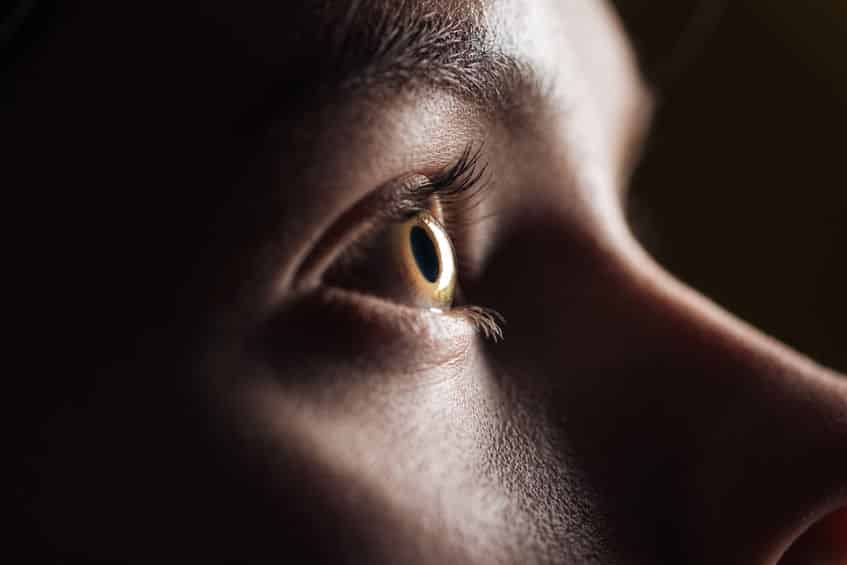

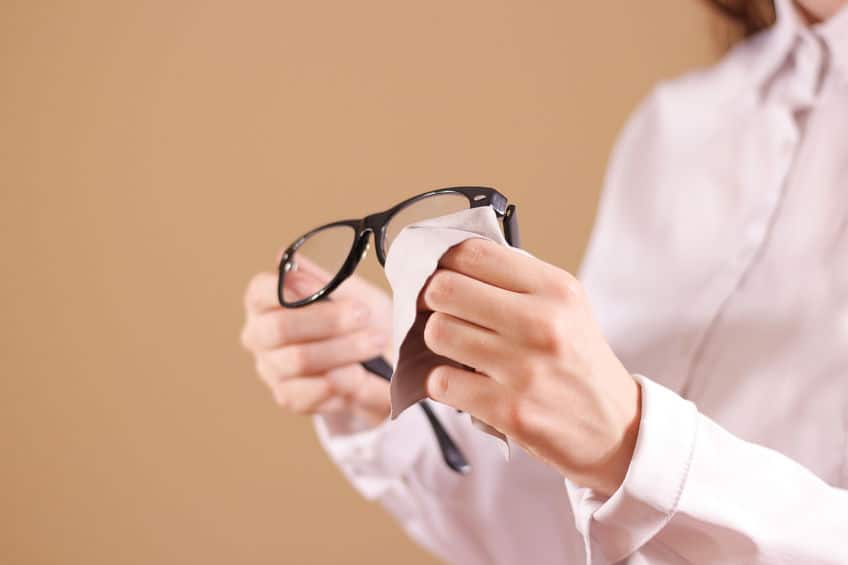
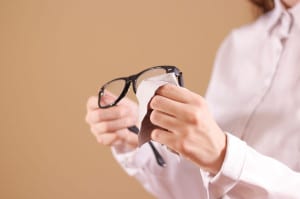 essential. Not only does proper cleaning ensure optimal vision quality, but it also contributes to the longevity of your eyewear. In this blog, we will delve into the best practices for cleaning glasses and contacts effectively, highlighting methods that prevent damage and maintain their pristine condition.
essential. Not only does proper cleaning ensure optimal vision quality, but it also contributes to the longevity of your eyewear. In this blog, we will delve into the best practices for cleaning glasses and contacts effectively, highlighting methods that prevent damage and maintain their pristine condition.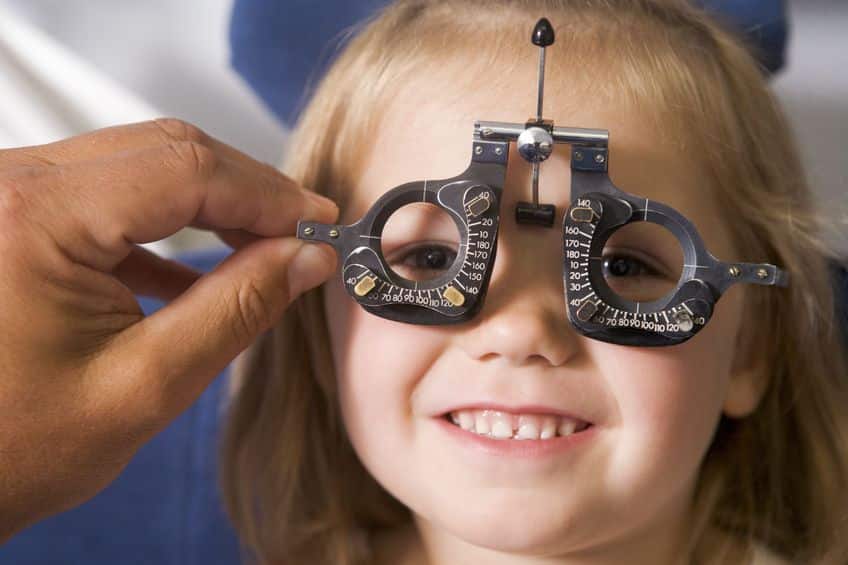
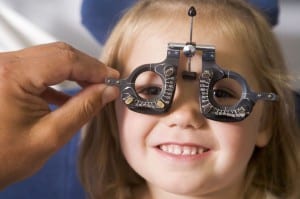 has never been more critical. Just as regular pediatric check-ups are vital for overall well-being, visiting a
has never been more critical. Just as regular pediatric check-ups are vital for overall well-being, visiting a 
 an eye exam once a year at least. If you have any concerns or questions between eye exams, you should make an appointment to see us.
an eye exam once a year at least. If you have any concerns or questions between eye exams, you should make an appointment to see us.
 common to wake up with red or itchy eyes or to have days when your eyes just feel irritated. If you use a computer for work most days or are suffering from allergies, these issues can become more common.
common to wake up with red or itchy eyes or to have days when your eyes just feel irritated. If you use a computer for work most days or are suffering from allergies, these issues can become more common.